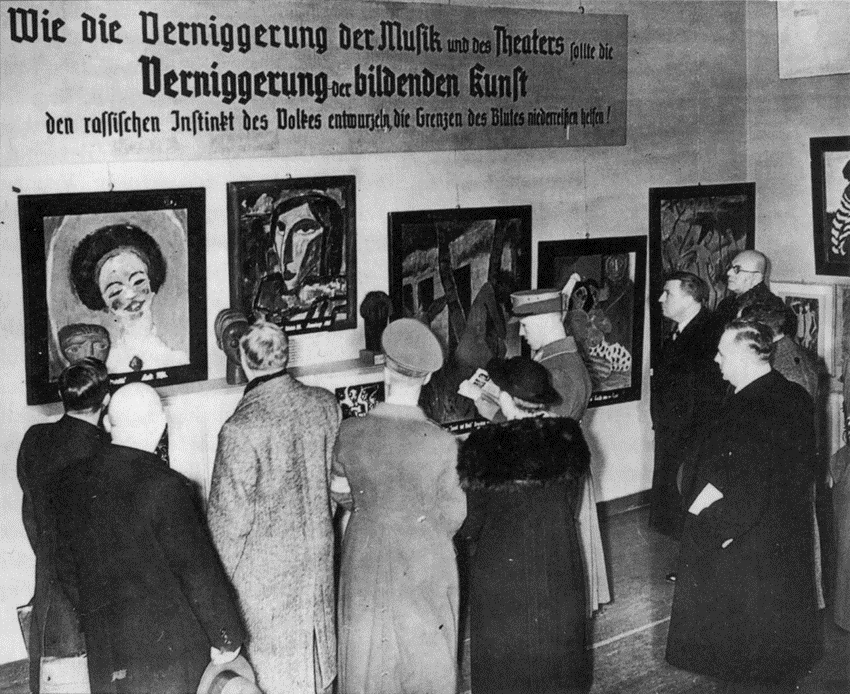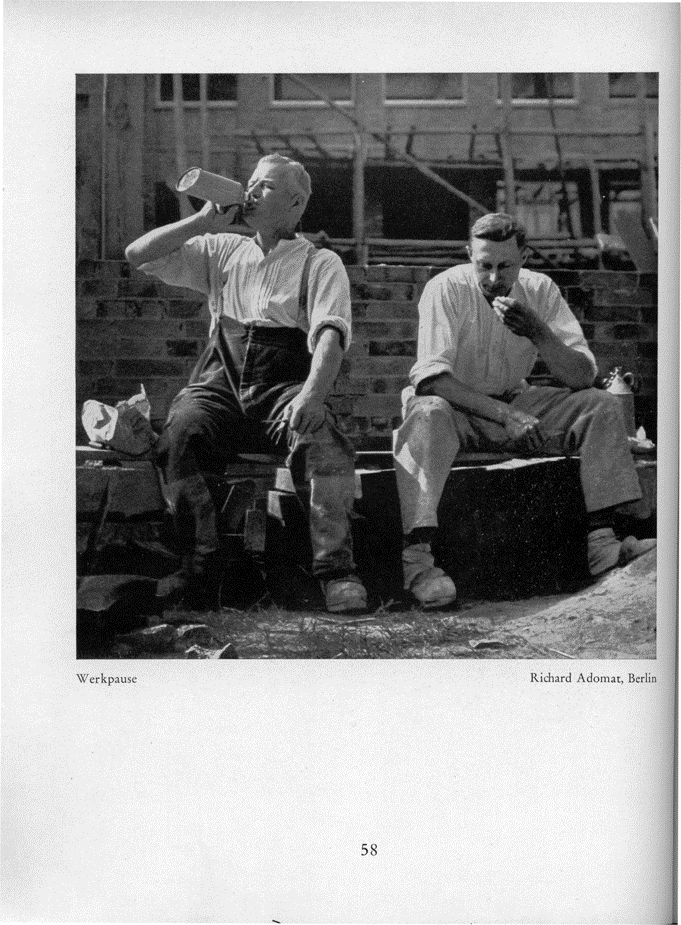Quelle Foto > https://www.doukhobordugouthouse.com/event/2022-indigenous-and-doukhobor-paths/2022-07-02/ [Zugriff 27.11.23]
Aus einer älteren Textsammlung, die wir damals im Rahmen unseres ‘Vegane Pädagogik-Projekts’ mal erstellt hatten. Interessant hier sind die ethisch-spirituellen Aspekte der ‘reverence of life’ – der Heiligkeit des Lebens – die bei den Duchoboren bekannt ist … :
Rosemary Edmonds über Tolstoy in ihrer Einleitung::
“…Die nächsten zwanzig Jahre waren ganz der Polemik über religiöse, soziale und erzieherische Themen gewidmet (die die Behörden vergeblich zu unterdrücken versuchten), bis ihn [Tolstoi] als alter Mann von einundsiebzig Jahren die Notlage der Duchoboren [auch Duchoborzen, russisch духоборы oder духоборцы, „Geisteskämpfer“] dazu bewegte, seine Mappe mit unvollendeten literarischen Werken durchzusehen und etwas zu Gunsten des Duchobor-Fonds zu vollenden.
Die “Duchoboren” waren der Name einer fundamentalistischen Bauernsekte, deren Vorstellungen viel mit Tolstois eigener Lehre gemeinsam hatten. Sie zählten zwischen fünfzehn- und sechzehntausend Mitgliedern und predigten Keuschheit, Abstinenz, Vegetarismus, das Teilen aller Güter und des Besitzes und vor allem den Verzicht auf gewaltsamen Widerstand gegen das Böse… Zum ersten Mal hörte man von der Gemeinschaft in der Mitte des achtzehnten Jahrhunderts. Ihre Lehre wurde so klar definiert, und die Zahl ihrer Anhänger nahm so stetig zu, dass 1891 die russische Regierung und die Kirche ernsthaft alarmiert waren und eine energische Kampagne zur Unterdrückung der Sekte starteten…”<S.5-6.
—
TOLSTOY, L.N., Resurrection, Penguin Books, Harmondsworth, 1966, Rosemary Edmonds, Translation and Introduction. pp. 5-6.
Rosemary Edmonds in the introduction::
“…The next twenty years were dedicated entirely to polemic writing on religious, social and educational themes (which the authorities vainly tried to suppress), until as an old man of seventy-one, the plight of the Doukhobors moved him [Tolstoy] to look through his portfolio of unfinished literary works and complete something in aid of the Doukhobor Fund.
The ‘Doukhobors’ was the name given to a fundementalist peasant sect whose percepts had much in common with Tolstoy’s own teaching. Numbering between fifteen and sixteen thousand, they preached chastity, teetotalism, vegetarianism, the sharing of all goods and property and, above all, non-resistance to evil by force…The community was first heard of in the middle of the eighteenth century. Their doctrine became so clearly defined, and the number of their adherents increased so steadily, that by 1891 the Russian Government and the Church were seriously alarmed and started an energetic campaign to suppress the sect…”<pp.5-6.

















































